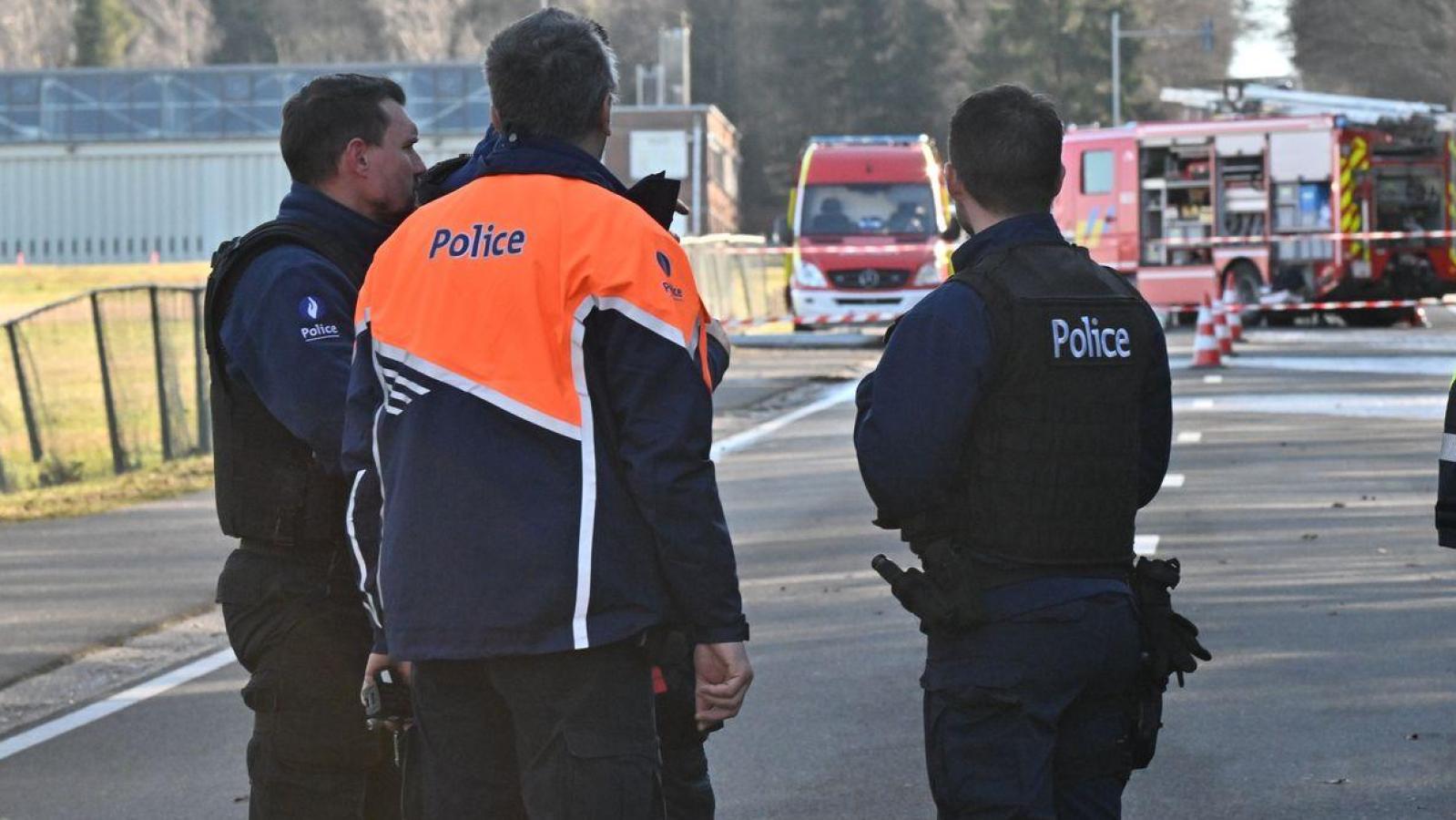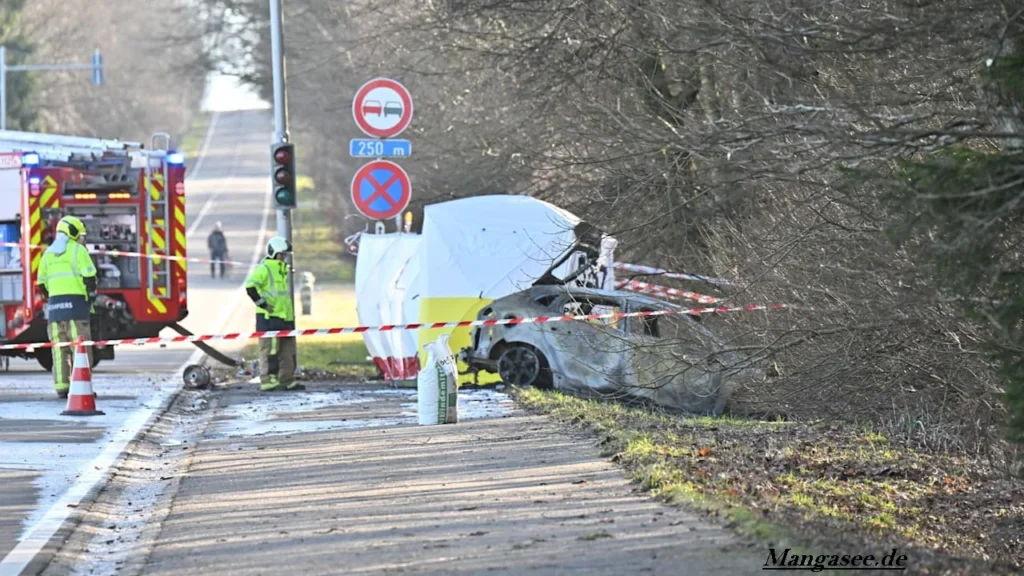Aviation accidents have always been tragic events that capture the world’s attention due to their devastating impact and the mystery often surrounding their causes. One such incident that continues to echo through history is the Plane Crash Belgium Mönchengladbach . Although not as widely known as some other aviation tragedies, this event left an indelible mark on the region and raised critical questions about air safety.
The Events Leading to the Crash
The day of the crash was like any other in the skies over Europe. Belgium, with its proximity to bustling international air routes and busy airports, often sees significant air traffic. Plane Crash Belgium Mönchengladbach, located near the German border, is a city in North Rhine-Westphalia, Germany. Its proximity to Belgium places it along a critical flight corridor that connects Western Europe to Central and Eastern Europe.
On the fateful day, a routine flight carrying passengers and crew embarked on its journey. The aircraft, a mid-sized commercial jet, was traveling along its usual route. However, shortly after entering Belgian airspace, signs of trouble emerged.
Weather and Technical Challenges
Weather conditions in Europe can be unpredictable, especially during transitional seasons like autumn and winter. Pilots and air traffic controllers reported deteriorating conditions that included heavy clouds, strong winds, and reduced visibility. While modern aviation technology allows for flights in such adverse conditions, it also demands precise coordination and absolute functionality of the aircraft’s systems.
In this instance, early reports suggested that a combination of mechanical failure and pilot error played a role. Witnesses and investigators would later recount moments of distress communication between the cockpit and air traffic control as the pilots struggled to stabilize the plane.
The Crash Site
The plane ultimately lost altitude and crashed near the outskirts of Plane Crash Belgium Mönchengladbach, in a region close to the Belgian border. This area, characterized by its rolling fields and suburban settlements, was ill-prepared for such an event. The impact of the crash was catastrophic, with debris scattered across a wide area and fires breaking out in the aftermath. Emergency responders from both Belgium and Germany rushed to the scene, battling flames and searching for survivors amidst the wreckage.
Local residents described the terrifying moments leading up to the crash. One witness recalled hearing the plane’s engines roaring unnaturally low before a loud explosion rocked the area. Others spoke of seeing flames and smoke billowing into the sky, a sight that would remain etched in their memories.
The Immediate Aftermath
The crash claimed the lives of all passengers and crew aboard, leaving families and communities in deep mourning. The tragedy also affected the local population, as some residents sustained injuries and property damage from the falling debris.
Emergency teams worked tirelessly to recover bodies and gather evidence from the wreckage. The site became a hub of activity, with investigators, rescue teams, and media personnel converging to uncover the story behind the crash. In the days following, makeshift memorials appeared, with flowers, candles, and personal messages left by mourners.
Investigations and Findings
Aviation authorities from both Plane Crash Belgium Mönchengladbach and Germany launched a joint investigation to determine the causes of the accident. Given the location of the crash and its proximity to the border, coordination between the two countries was crucial. Plane Crash Belgium Mönchengladbach The investigation team included experts from the airline, aircraft manufacturer, and international regulatory bodies.
The flight’s black box recorders , essential tools in any crash investigation, were recovered amidst the wreckage. These devices, designed to withstand extreme conditions, provided critical data about the flight’s final moments.
Key Findings
- Mechanical Issues : The aircraft’s hydraulic systems, responsible for controlling critical functions like steering and braking, were found to have malfunctioned. This failure significantly hampered the pilots‘ ability to maintain control.
- Weather Conditions : Severe turbulence and low visibility compounded the challenges faced by the flight crew, making it nearly impossible to navigate safely.
- Pilot Fatigue : Investigators discovered that the pilots had been working long hours in the days leading up to the crash, which may have impaired their decision-making abilities.
- Air Traffic Miscommunication : A breakdown in communication between the pilots and air traffic control was identified as a contributing factor. Misinterpretations and delayed responses further complicated the situation.
Lessons Learned and Reforms

The tragic Plane Crash Belgium Mönchengladbach served as a wake-up call for the aviation industry. It highlighted the need for enhanced safety measures and stricter enforcement of existing regulations. Some of the key changes implemented in the aftermath include:
- Improved Maintenance Protocols : Airlines were mandated to perform more rigorous checks on aircraft systems, particularly those involving hydraulics and other critical components.
- Better Fatigue Management : Pilot schedules were overhauled to ensure adequate rest periods, reducing the risk of errors due to exhaustion.
- Enhanced Training Programs : Both pilots and air traffic controllers underwent additional training to handle emergency situations and improve communication under stress.
- Upgraded Weather Monitoring : Advances in meteorological technology were integrated into flight operations, allowing for more accurate forecasting and timely warnings.
The Human Impact
Plane Crash Belgium Mönchengladbach Beyond the technical and procedural lessons, the crash was a profound human tragedy. Plane Crash Belgium Mönchengladbach Families and friends of the victims struggled to cope with their loss, while survivors in the surrounding community dealt with the psychological scars of witnessing such devastation.
Memorial services were held in both Belgium and Germany, honoring the lives lost and recognizing the bravery of first responders. Plane Crash Belgium Mönchengladbach Local governments worked together to provide support to affected families, offering counseling and financial assistance.
A Legacy of Safety
While the Plane Crash Belgium Mönchengladbach remains a painful memory, it also serves as a testament to the resilience and determination of the aviation community to learn from tragedy. Each lesson learned from the accident has contributed to making air travel safer for millions of passengers worldwide.
Today, aviation experts often refer to this incident as a case study in the importance of preparation, coordination, and vigilance. It stands as a reminder that behind every statistic and regulation are real lives—lives that depend on the dedication and expertise of those who work tirelessly to keep the skies safe.
In conclusion
The Plane Crash Belgium Mönchengladbach is not just a story of loss but also one of progress. By understanding its causes and consequences, the aviation industry has taken steps to ensure that such an event is less likely to happen again. As we reflect on the tragedy, we honor the memory of those who perished and acknowledge the enduring impact of their legacy.
You Many Also Read: Sunday Shopping in NRW
